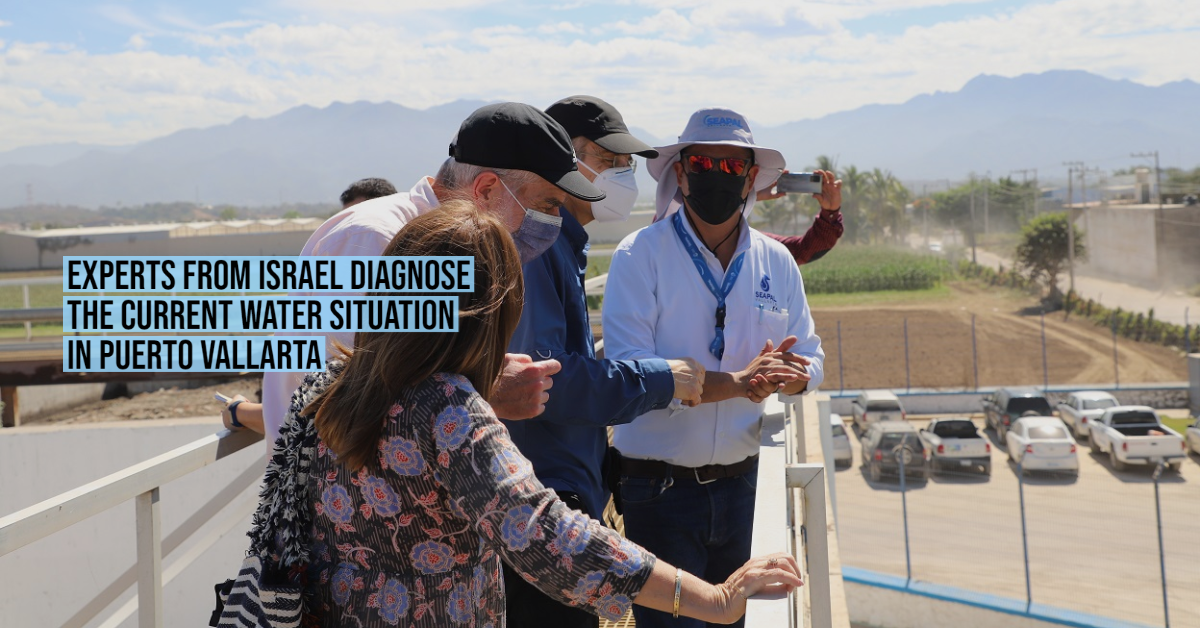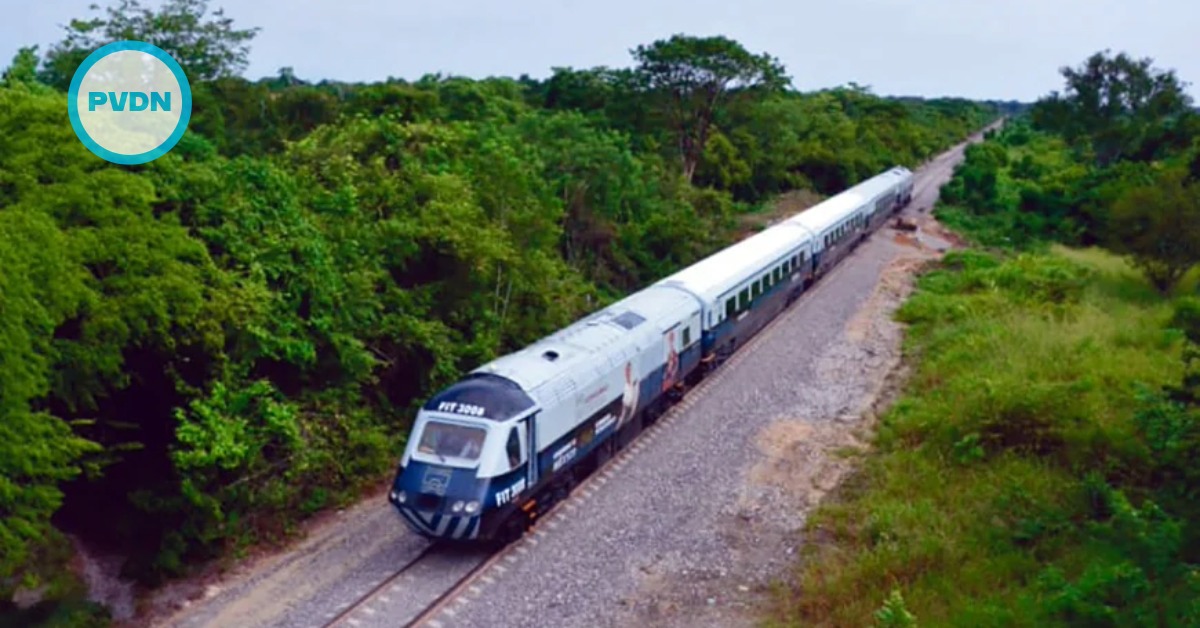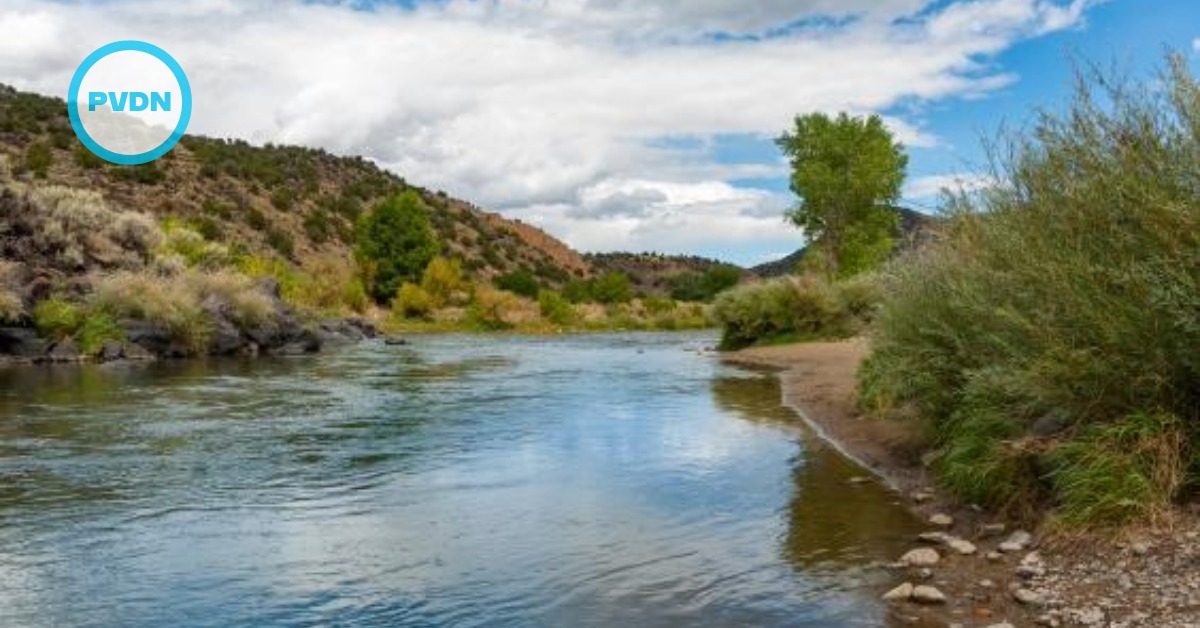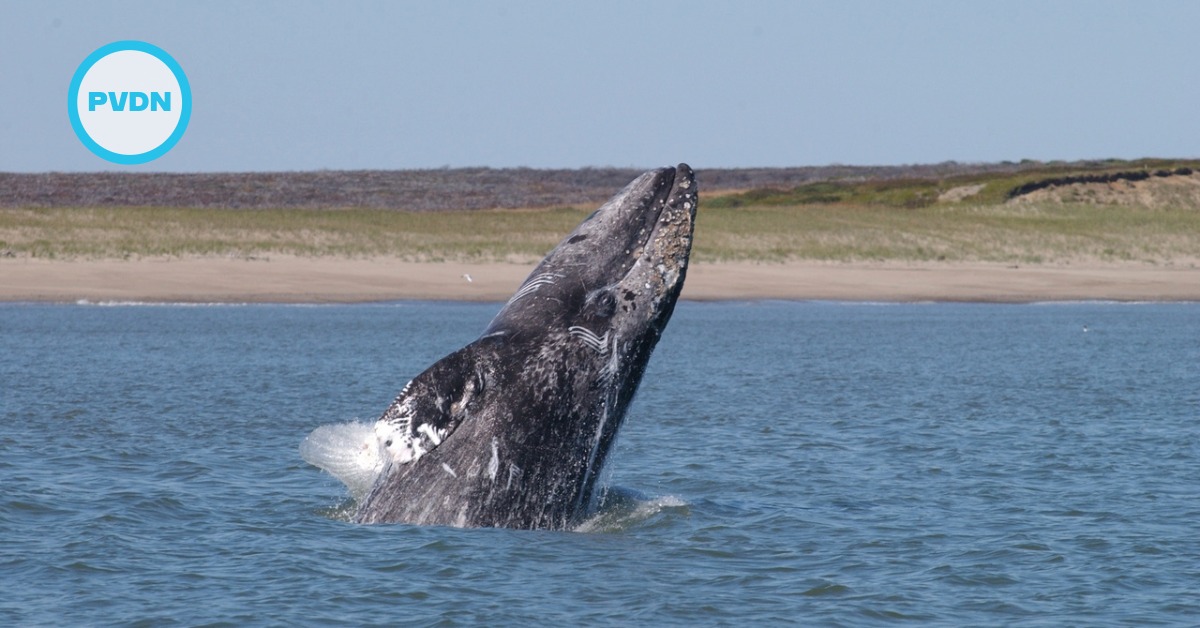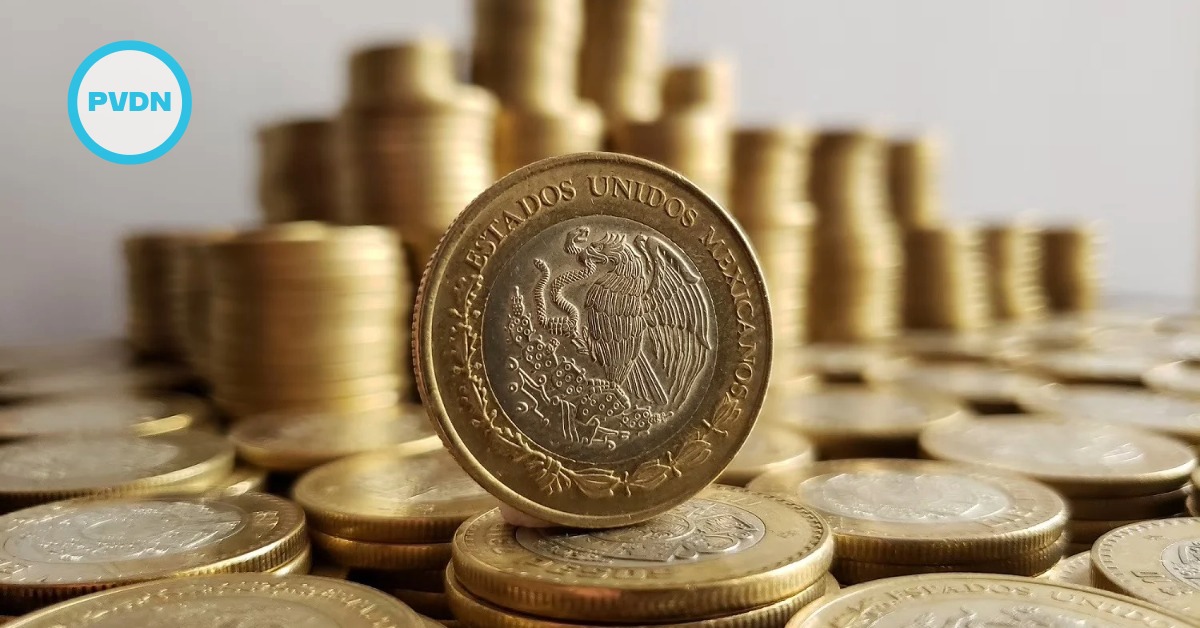Specialists in the hydro-sanitary industry from Israel concluded with the evaluation stage for the diagnosis of the infrastructure and the supply of drinking water and drainage in Puerto Vallarta.
It was through tours of the agency's facilities that the final stage of this exercise carried out by SEAPAL Vallarta with the Israel Technological Institute – Technion, the Palgey Maim Institution, and the University of Telaviv was concluded, which will result in the creation of a Master Plan with the objective of guaranteeing the supply of water for the next 50 years in Puerto Vallarta.


